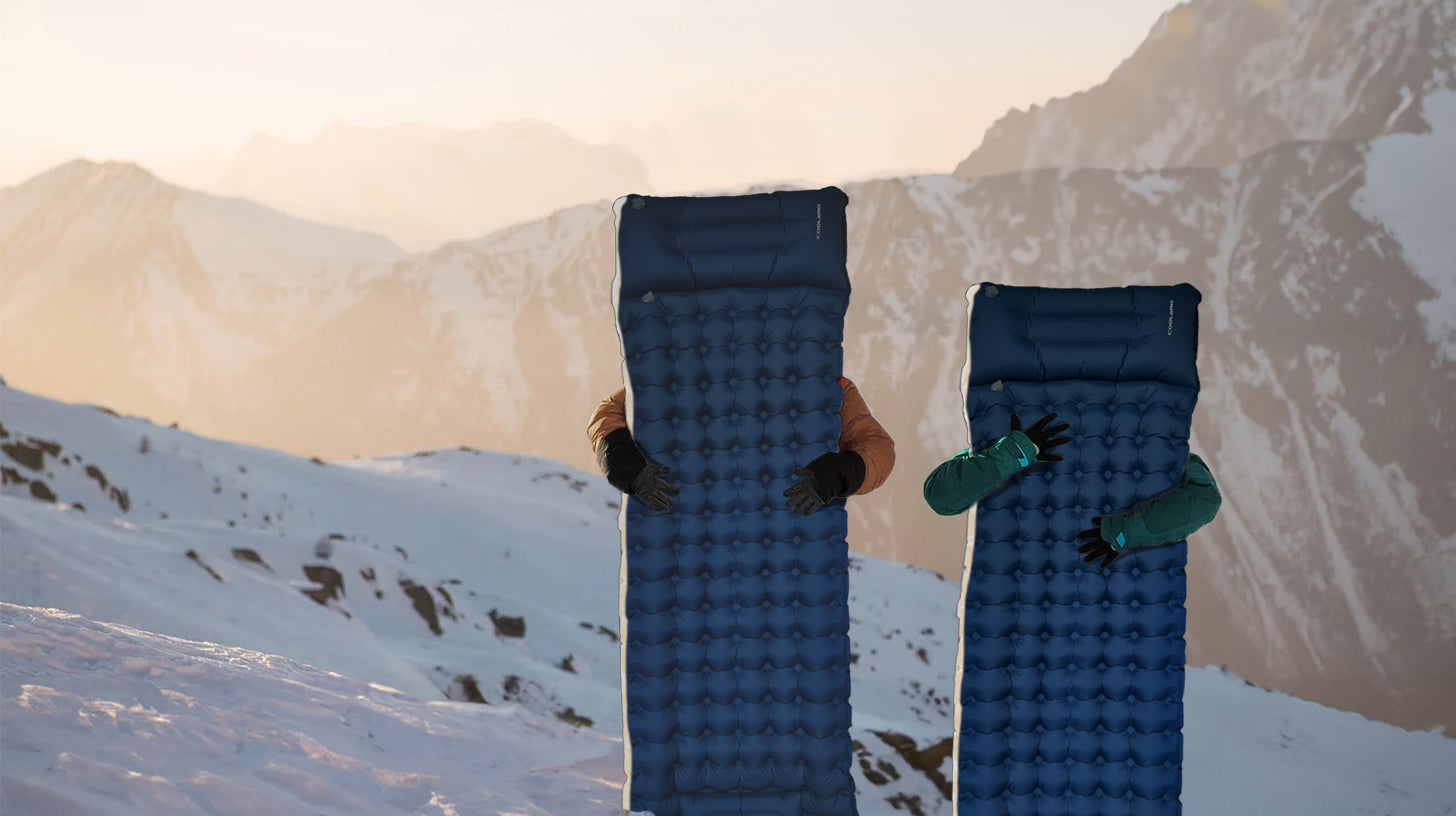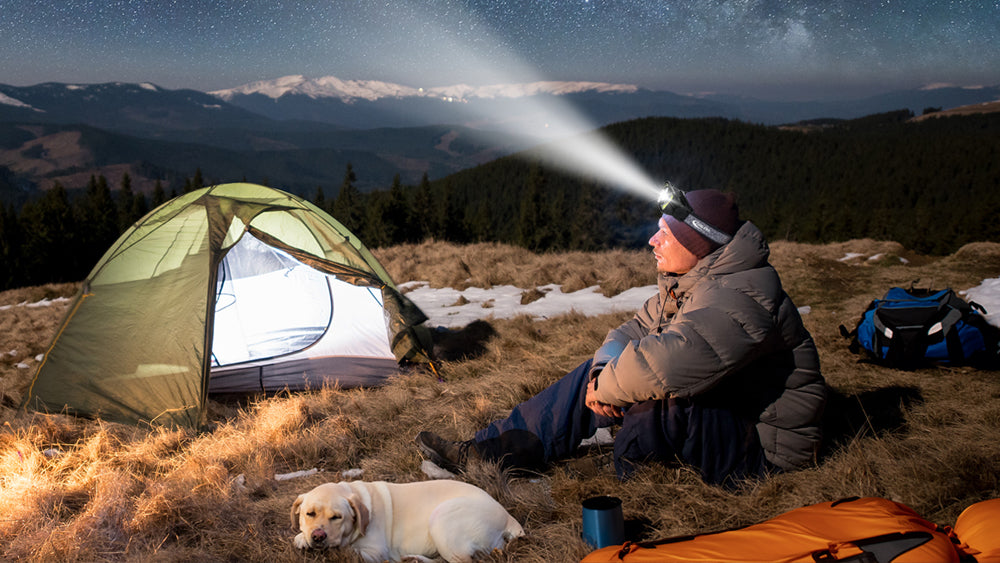Embarking on a backpacking adventure is an exhilarating experience, but it's essential to ensure you have the right gear for a comfortable night's sleep under the stars. One of the most crucial pieces of equipment for any backpacker is a reliable sleeping pad. In this comprehensive guide, we'll walk you through everything you need to know to select the ideal sleeping pad for your backpacking trips.

-
Understand Your Sleeping Style: Before diving into the specifics of sleeping pads, it's essential to understand your preferred sleeping style. Do you sleep on your side, back, or stomach? Knowing this will help you determine the level of cushioning and support you need from your sleeping pad.
-
Consider the Type of Insulation: Sleeping pads come with different types of insulation, each offering varying degrees of warmth and comfort. Closed-cell foam pads are lightweight, durable, and provide excellent insulation from the cold ground. In contrast, inflatable pads offer superior comfort and adjustability but may require more effort to inflate.
-
Evaluate Weight and Packability: For backpackers, every ounce counts. Opt for a sleeping pad that strikes the right balance between weight and comfort. Look for lightweight and compact options that won't weigh you down on the trail but still provide adequate insulation and cushioning for a restful night's sleep.
-
Assess R-Value: The R-value of a sleeping pad measures its thermal resistance and indicates how well it insulates against the cold ground. Choose a sleeping pad with an appropriate R-value based on the season and climate of your backpacking destination. Higher R-values are suitable for colder temperatures, while lower R-values suffice for warmer conditions.
-
Think About Durability: Backpacking can be rough on gear, so durability is key when selecting a sleeping pad. Look for materials that are puncture-resistant and can withstand rough terrain without compromising comfort. Additionally, consider factors like seam construction and valve quality to ensure your sleeping pad can withstand repeated use in the great outdoors.
-
Test Before You Buy: While online research is helpful, nothing beats testing out a sleeping pad in person. Visit your local outdoor retailer to try out different models and see which one feels most comfortable for you. Don't be afraid to ask questions or request recommendations from knowledgeable staff members.
Choosing the right sleeping pad is essential for a successful backpacking trip. By considering factors like insulation, weight, R-value, durability, and personal sleeping style, you can find the perfect sleeping pad to accompany you on your outdoor adventures. With the right gear, you'll be well-rested and ready to tackle any trail that comes your way. Happy backpacking!



